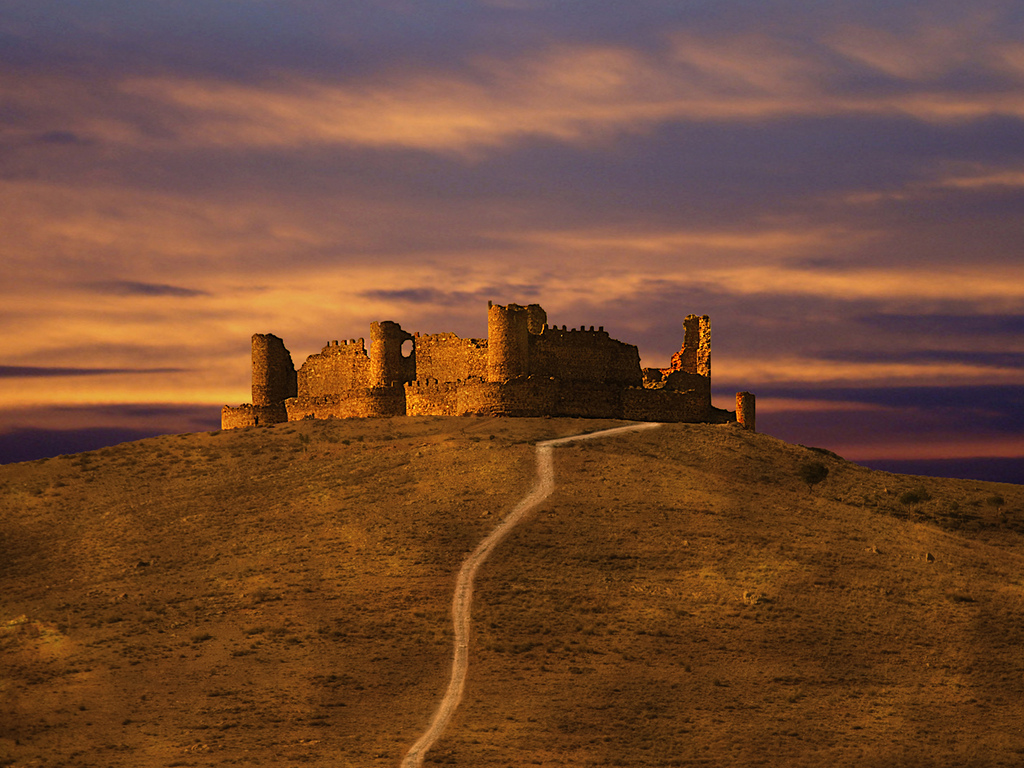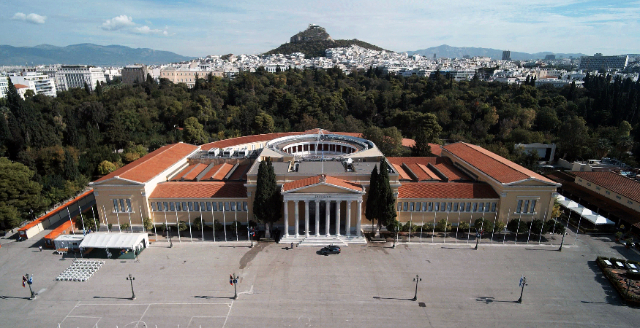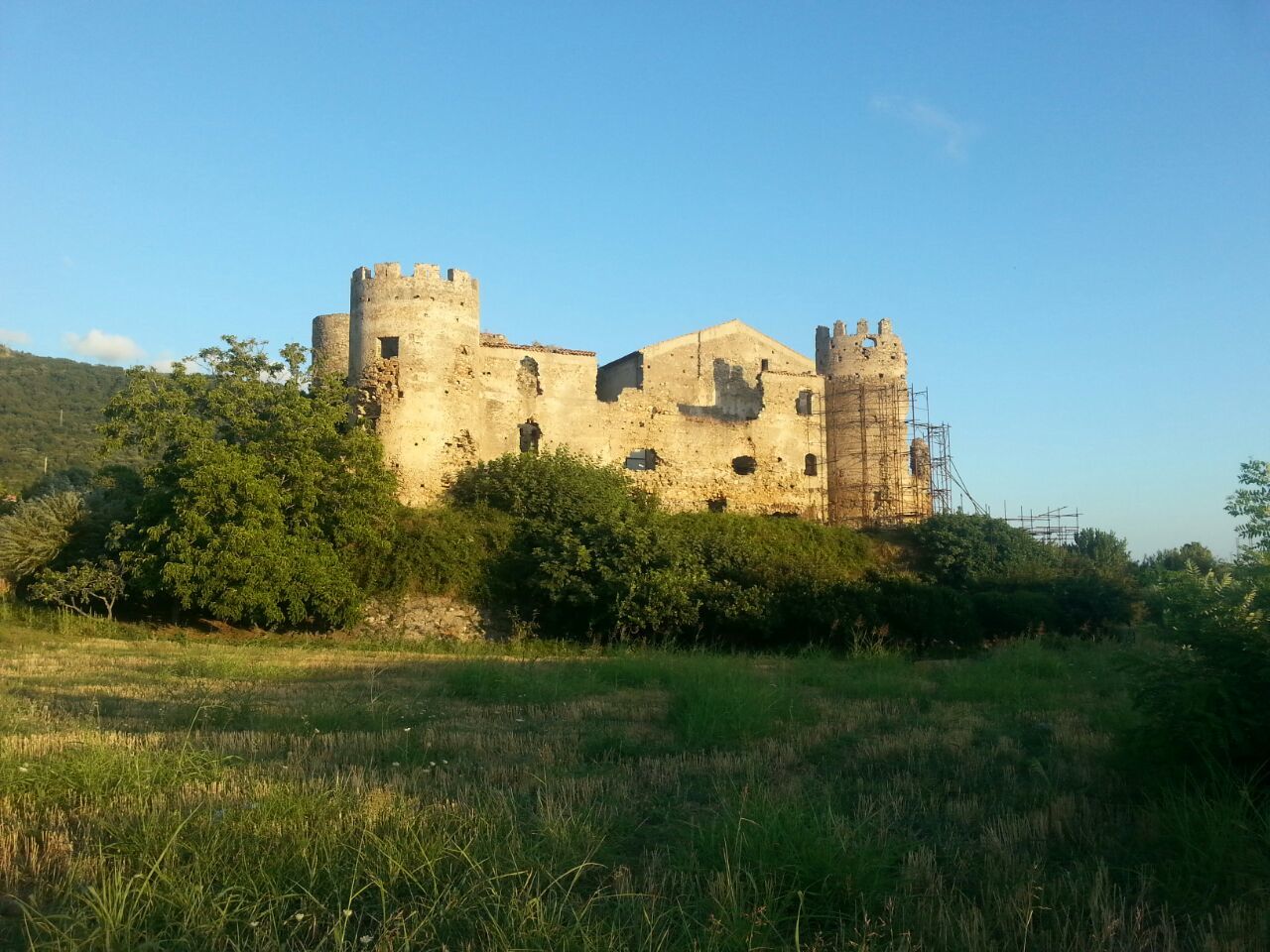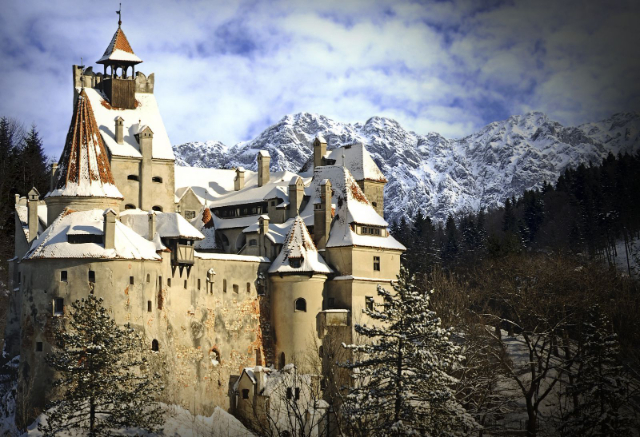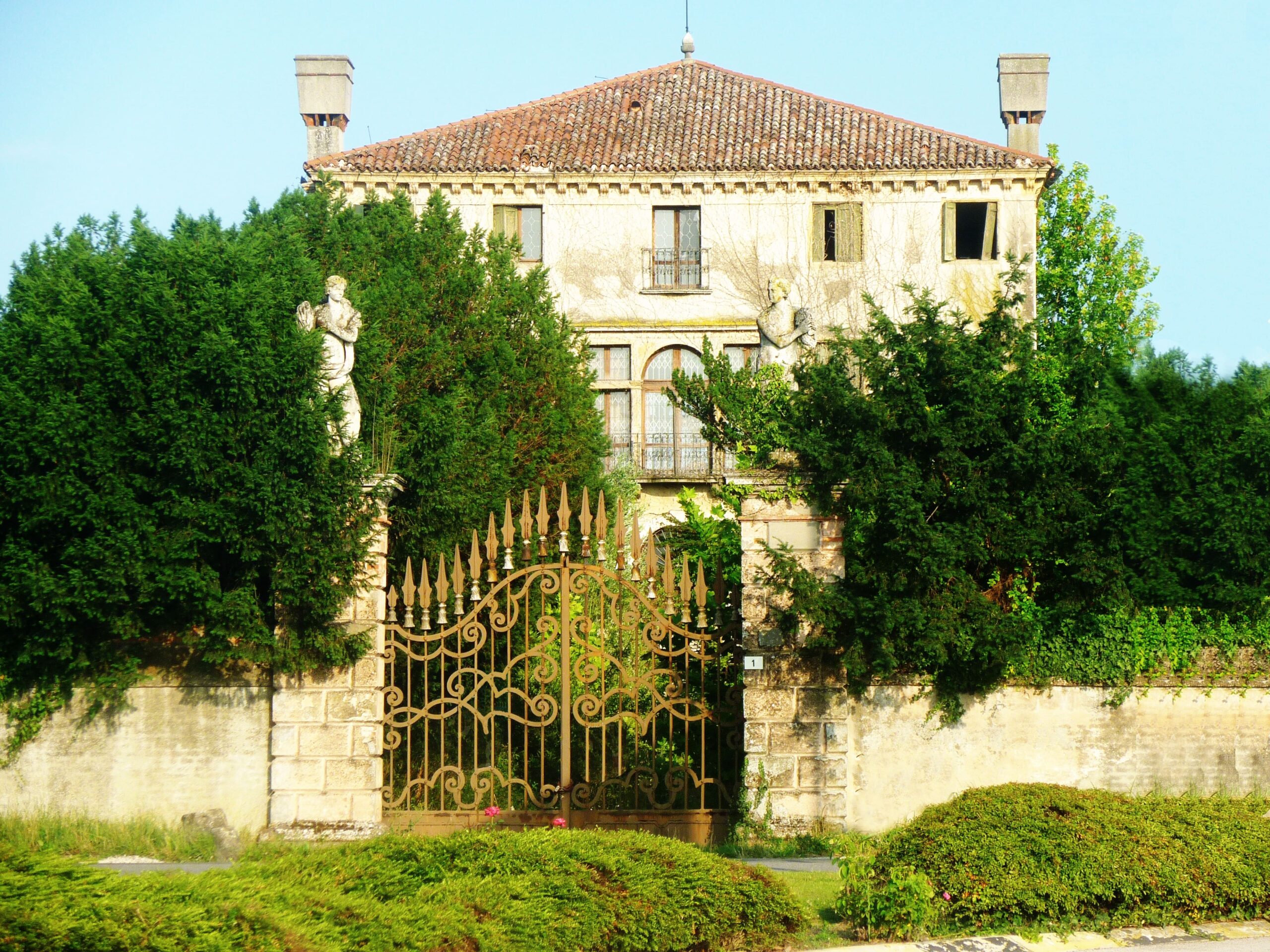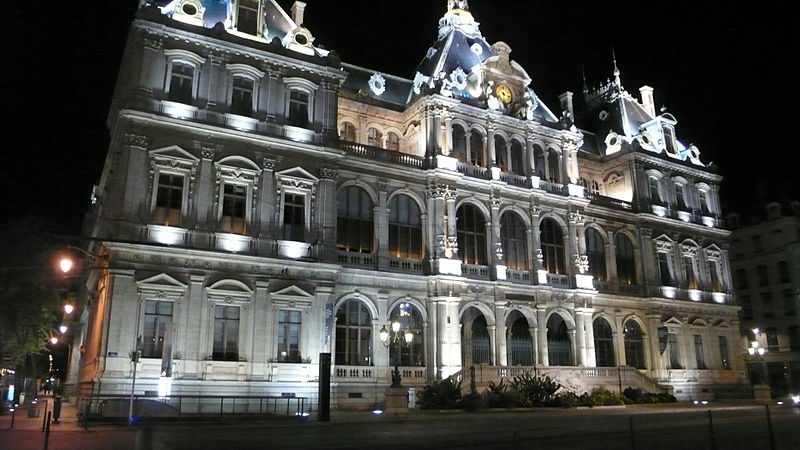Almonacid de Toledo Castle, locally known as Castillo de Almonacid de Toledo, lies on an hill about 20 km southeast from the city of Toledo in the province of Toledo in Spain.
This castle was most probably built by the Moors. It’s first mention was in 848 and in 854 it was the scene of a great battle between the troops of the Emir of Cordoba and rebels from Toledo.
According to legend its name is derived from a Spanish word meaning “The battlements of El Cid”. El Cid is a very famous Spanish knight who played a great role during the Reconquest. More probably the name is derived from a Latin word; “almonaster”, meaning monastery as the castle was called “ribat” (Moorish for monastery) by the Moors.
Almonacid de Toledo Castle came into the possession of King Alfonso IV as part of the dowry of his wife; princess Zaida. In 1086 he donated the castle to the archbishopric of Toledo. In the 14th century the castle was strengthened by the archbishop Don Pedro Tenorio. Later the pretender to the Portuguese throne; Count Alfonso of Gijon, was imprisoned in the castle on the orders of King Juan I of Castile.
On the 11th of August, 1809, the castle served as a refuge for the Spanish troops under general Venegas during a battle against French troops. This battle ended in French victory with the cost of 4000 men on the Spanish side and around 2000 men on the French side. It is in memory of this victory that the name Almonacid appears on the Arc de Triomphe in Paris.
The castle lies on a hill dominating the village, with the same name, below. The castle can be seen from kilometers away. You can also easily see Peñas Negras Castle from here. Almonacid de Toledo Castle has a polygonal shape. The castle’s inner defensive wall has remnants of 2 square and 3 round towers. Inside there is the ruin of a 3-storey square keep and several cisterns.
